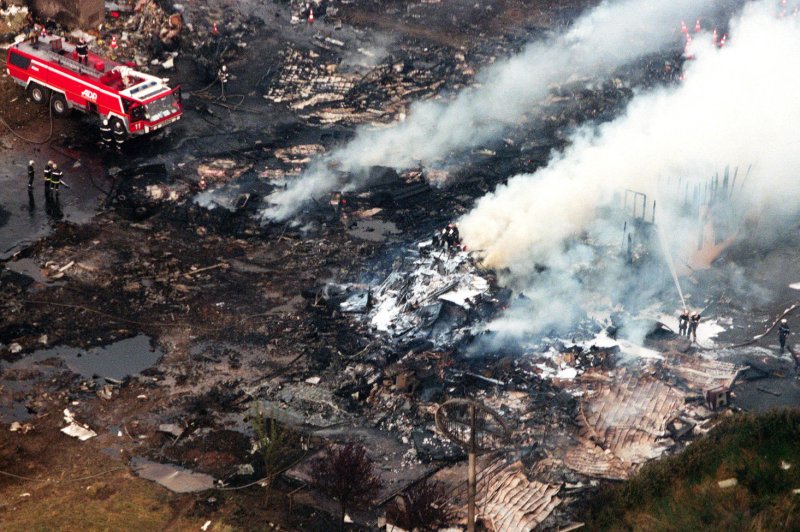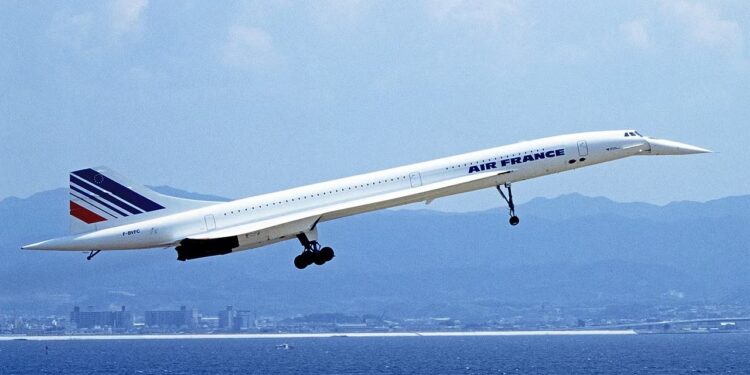On 25 July 2000, Air France Flight 4590, a Concorde passenger jet on an international charter flight from Paris to New York, crashed shortly after takeoff, killing all 109 people on board and four on the ground. The tragedy marked the only fatal accident in the supersonic airliner’s 27-year operational history and ultimately hastened the end of commercial supersonic flight.
Less than one minute after takeoff, Air France flight 4590 stalled, spun, and crashed into a hotel in the Paris suburb of Gonesse, sending shockwaves through the aviation industry. The fully loaded aircraft had begun its journey from Charles de Gaulle Airport bound for John F. Kennedy International Airport in New York, carrying predominantly German tourists who were planning to continue their journey to South America.
Fatal chain of events A French government investigation into the crash later determined that the Concorde ran over a strip of metal on the runway, causing a tire to blow out. A large fragment of rubber then struck a fuel tank on the underside of the wing. The piece of debris was identified as a thrust reverser wear strip from a GE CF6 turbofan engine that had fallen from a Continental Airlines DC-10 flight that departed from the same runway just five minutes earlier.

The sequence of events unfolded with devastating speed. The accident investigation revealed that Air France 4590’s right front tire on the left main landing gear was destroyed after having run over the strip of metal debris, which then caused catastrophic damage to the aircraft’s fuel system. Investigators later concluded that a spark—likely triggered by stray wheel fragments contacting a brake fan—had ignited the gushing fuel.
Legal aftermath and accountability The disaster prompted extensive legal proceedings, with French courts examining the role of Continental Airlines and maintenance practices. The court ruled that the crash resulted from a piece of metal from a Continental jet that was left on the runway; the object punctured a tyre on the Concorde and then ruptured a fuel tank. Continental Airlines and several mechanics faced criminal charges, though outcomes varied across different legal proceedings.
End of supersonic dreams The event is believed to have hastened the end of all Concorde operations in 2003. The crash shattered public confidence in the world’s only commercial supersonic airliner, which had previously maintained an impeccable safety record since entering service in 1976. The tragedy effectively ended the era of supersonic passenger travel, with no comparable aircraft entering commercial service since.
The investigation revealed critical vulnerabilities in the Concorde’s design, particularly regarding fuel tank protection and tyre burst scenarios. These findings, combined with declining passenger numbers following the crash and increasing maintenance costs, ultimately sealed the fate of the iconic delta-winged aircraft.
The disaster serves as a stark reminder of how a single mechanical failure can cascade into catastrophe in aviation, highlighting the interconnected nature of flight safety systems and the importance of rigorous maintenance standards across all airlines sharing airport infrastructure.
REFH – Newshub, 25 July 2025


Recent Comments